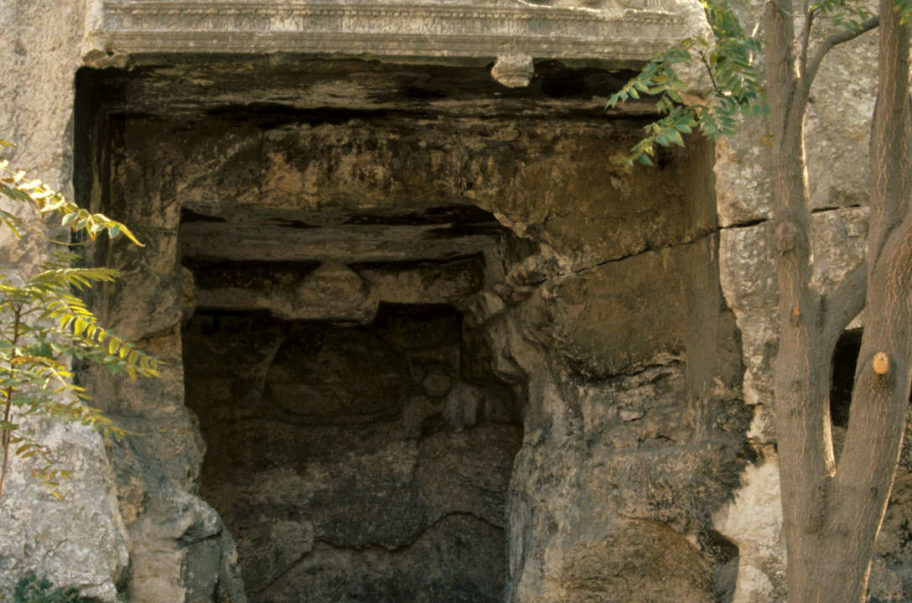Corpo Pagina
The first traces of human settlement in the territory of present-day Cagliari date back to the ancient Neolithic (6th-5th millennium BC) and consist of fragments of pottery with the typical cardial decoration coming from the numerous natural ravines and caves of Capo Sant’Elia.
The frequentation of the area around the Gulf of Cagliari is documented throughout the pre-Nuragic period and in particular, during the Copper Age. Characteristic of this period is the Culture of Monte Claro which takes its name from the hill of the same name in the city of Cagliari.
The Phoenicians are responsible for the urban layout of Karaly in the area of the current district of Sant’Avendrace and Santa Gilla, along the shore of the lagoon where the port facilities were located and which at that time was a marine inlet. The oldest finds come from the area of Via Brenta, where fragments of pavements, traces of unbaked brick walls and holes for posts emerged, evidence of the settlement referable to the 7th century BC. In the following centuries, following the establishment of Carthaginian hegemony in Sardinia, the city of Cagliari expanded and the neighborhood around the port became an artisan and warehouse area. Behind the city on the hill of Tuvixeddu, a large necropolis was created, with underground chamber tombs carved into the rock and deep access wells. The Punic settlement, consisting of houses with stone plinths, raised in unfired bricks and roofing in perishable material, has yielded little evidence. For the cultural sphere we have more information: a statue of the god Bes and a stone dedicated to the god Melqart in the area called and referable to the late Punic – republican period; a memorial stone with an inscription dedicated to the construction of a temple to the god Eshmun from Viale Trieste and an inscription found on the Cape of Sant’Elia which testifies to the presence of a sanctuary dedicated to Astarte Ericina. In the locality of San Paolo 17 urns of the late Punic age have been unearthed, accompanied by very rough stelae, dated between the 5th and 4th centuries BC, probably related to the tophet. With the passage under the sphere of influence of Rome (238 BC), Karales continued his life in the area of the Punic city at least until the middle of the 2nd century BC. The new settlement is located behind the new port with the fulcrum in the city forum, located in the current Piazza del Carmine. There were at least three cemetery areas, one at the foot of the Tuvixeddu hill, used in Roman times in a first phase, another between the area near the churches of San Lucifero and San Saturno and the hill of Bonaria, and a third , along the current Viale Regina Margherita.

